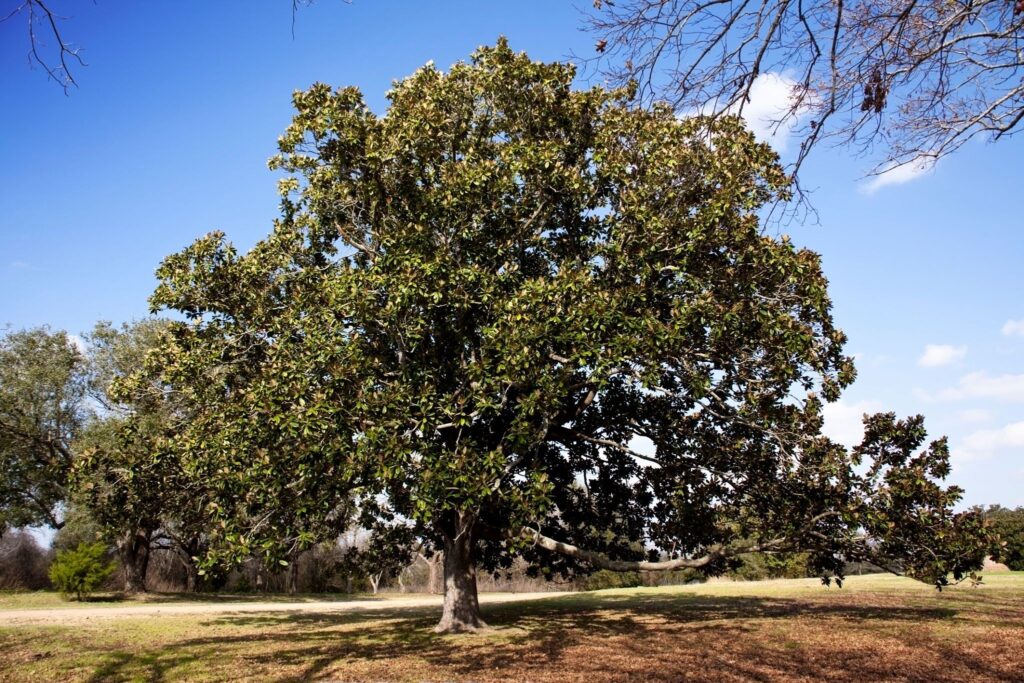Magnolia trees are one of the most beautiful trees known for their graceful looking and fragrant flowers. They are from the diverse genus of different trees and shrubs, with many magnolia trees ushering the spring with their beautiful bloom times come February and March. However, some trees don’t flower until the end of June.
The timing and frequency of their blooming would affect the care you need to give them, especially when it comes to pruning. So it may have you wonder, ‘do Magnolia trees bloom twice a year?’ Read on to find out!

Do Magnolia Trees Bloom Twice a Year?
Before we tackle how many times they bloom a year, when is the bloom time for Magnolias, usually?
Magnolias would bloom anytime between February to June, and this would depend on the variety. For instance, the Oyama magnolia and bigleaf magnolia would bloom in the late spring and summer seasons. The evergreen southern magnolia, known for retaining green coloring all year long, would blossom come late spring to summer as well.
It is the deciduous magnolias that bloom first in a year. Once they have shed all their leaves during the dormant times, they will then flower in late winter to early spring, right before leaves will begin growing back. Some examples are the saucer magnolia or the Merrill Loebner magnolia.
Besides variety, the blooming time would depend on the state and its climate as well. For instance, Florida’s trees would bloom between May to June, while in Texas, it blooms early spring, usually February to April. In California, which has various hardiness zones, there is no set blooming time.
Typically, they would bloom once a year during the mentioned seasons. But is it possible for it to bloom twice a year? The answer is YES, it is possible.

However, this is not a common occurrence. There are a few varieties that would bloom once during the early spring, and another time comes late summer. For instance, the Chinese or Saucer Magnolia varieties would bloom twice at times.
What are the factors that affect the frequency of blooming? It’s not just variety, but the tree’s health.
Magnolia trees are a bit fussy, needing to be in the optimum position for it to bloom. They require enough light and usually the full sun, along with proper water and high-quality soil. When they lack these requirements, they will most likely not bloom even when it is time to!
So if you see a magnolia tree blooming twice, it’s nothing to be alarmed about, it may just be the variety. If it isn’t blooming at all yet, that’s fine, as it usually means it’s recovering from the frost or still too young to bloom flowers.
But if it doesn’t bloom at all while showing other signs of damage or poor growth, then it’s time to evaluate and check the tree to see what is wrong. It may be lacking in water, nutrients, light, or quality soil, or it may even be suffering from a disease or pest infestation!
What Variety Do I Get?
Some gardeners may want to get varieties that bloom twice a year, though you have to consider various factors, especially your location and its overall climate. Also remember that your magnolia tree will require a lot of care and monitoring, with some varieties requiring more than others, so that is something else to consider.
To learn more about the magnolia trees and their blooming times, check out this informative video:
Wrapping It Up
Magnolia trees are beautiful to plant, though fussy to care and maintain for. That said, they definitely are worth the effort, blooming beautiful flowers once, or even twice, a year.
As long as they are cared for well, they can bloom successfully and there is no need to worry if it blooms only once, or more than once throughout the year. The only time you need to worry if it doesn’t bloom at all despite it being the growing season. Take this information to mind as you grow your own tree and best of luck growing your magnolias!